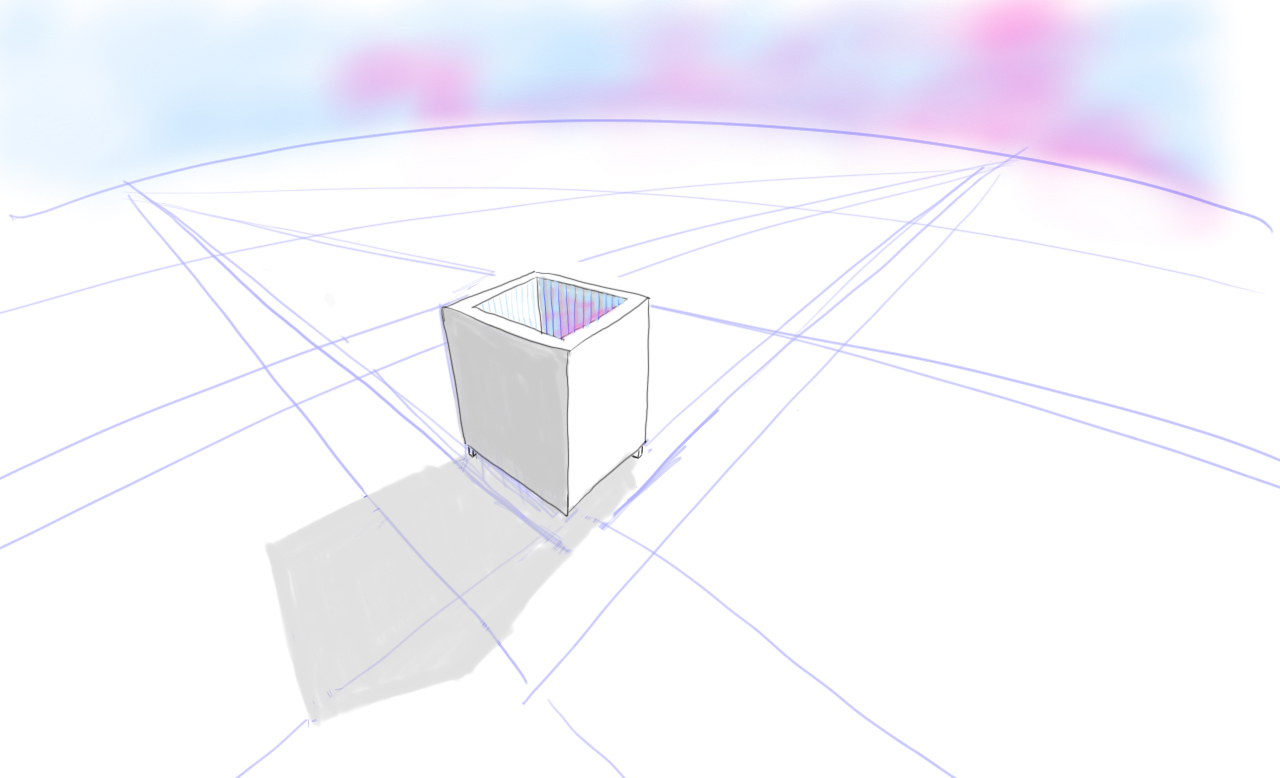Modernist Architecture. Glass. Steel. It’s pure and strong and minimal and clean. It’s dope. Le Corbusier. Mies. Neimeyer. Crown Hall. Philip Johnson’s Glass House. I mean, “Holy Shit!” right? Look at this house here; it’s so pure and perfect and honest with itself and its materials and space. This is it man, Modern Architecture!

As a Chicagoan, I have to talk about Mies Van der Rohe. “Less is more” describes Modernist Architecture as well as can be done in brief. Modernism in Architecture is just enough to be what it needs to be, and no more. Mies’ work can take us through my whole point here too.
Mies’ Crown Hall from 1956 on the IIT campus on Chicago’s south side is a sublime and perfect example of Modernist Architecture. It is black steel and glass. It boldly shows what steel can be as its two huge structural beams on the roof span the open floor and bear all the load to the edges to create an uninterrupted space beneath. It’s epic and iconically done.

But wait, what’s that building next to Crown Hall? On this college campus there are many buildings of course. None reach the level of Crown Hall, but the one just to the left (to the West as I’m picturing Crown Hall’s entrace from the South if memory serves (there’s another entry from the north), it could be Galvin Library?) is a combination of brick and some steel. That’s okay, right? Brick might not be as distinctly modern as steel, but it still is an honorable material.


Nope! Upon closer inspection this is just a brick building with some steel beams dropped on the roof to match the aesthetic of Crown Hall. They don’t connect to anything, they don’t enable an open floor plan. They just look cool. They are post-modern now, this is not Modernism. It might look like the same style, but it is a compromised gesture toward appearances. Steel beams not for their function, but for decoration! Antithetical to the defining characteristics I outlined above.
Let’s turn to Denise Scott-Brown and Robert Venturi to get to what I mean by post-modernism in architecture. Briefly, these guys and the students from their class, in the legendary book Learning from Las Vegas, posit a thesis that architecture is not about the object but about what the object communicates. There are either ducks or decorated sheds amongst buildings. Ones who’s shape is some kind of novelty itself or ones who slap decoration on their exterior. I should elaborate, but this is what I’m referring to when I say post-modern architecture.
Well first let me just show two more examples to finish the Mies story. Besides Crown Hall, Mies’ poster-child for Modernist Architecture in Chicago is 860-880 Lake Shore Drive. Looks like modernism to me. Awesome buildings. Apparently some of the units are for sale. Pretty decent prices for lake views in one of the world’s great cities in an architecturally monstrously significant building.

But look closely at these and other Chicago office buildings that Mies designed such as the IBM building and you will see more of the same: I-beams running vertically without connecting to anything! Just stuck on the side like fake shutters. The venerable I-beam, massive load-bearing key to the possibility of Modernism in architecture itself, reduced to some façade decor. Less is more my ass, this is more is more!

I imagine these beams might still provide some structural value, but I need an engineer to explain to me what they can really do without anchoring into something at the bottom. Please chime in engineers!
In conclusion, I have sadly come to realize that the pure concept of Modernist Architecture as a celebration of materials and the space they can create in their purity is a notion that almost immediately undercut itself. Modernism in architecture appears not to be a significant period that was later followed by Post-Modernism some years or decades down the line; instead they coexisted right from the beginning.
For my personal favorite Modernist piece of architecture, be sure to read my piece on Oscar Neimeyer’s Casa de Canoas.
